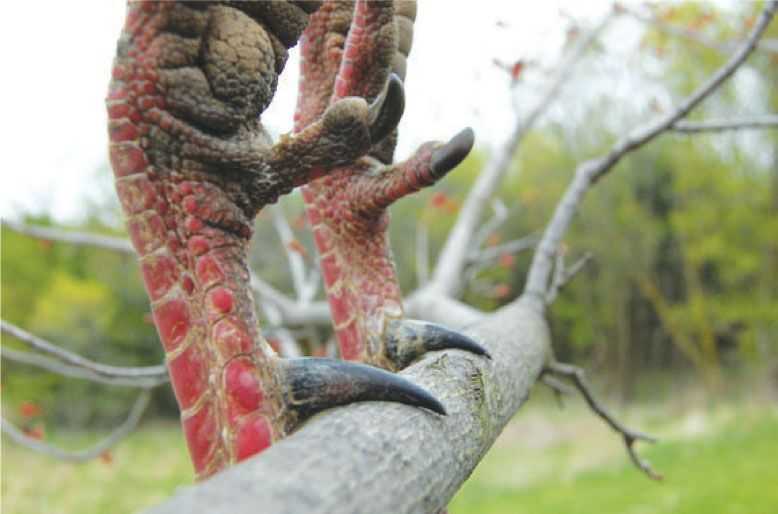For as tough as it can be to fool an old gobbler, just filling a tag is reason enough to consider a season to be a success and it’s for this reason that hunters love to talk about the bird they bagged.
You’ll hear them tell of the Tom’s beard length, size of his spurs and his beautiful tail feathers that make up a wide, full fan. Then they’ll typically make some sort of proclamation as to the age of the bird, most often boasting that he’s a bit of a geriatric since a well-aged bird is a very wise one, requiring great skill and sharp woodsmanship to harvest. For as many times as it has been said that, with anglers, a fish continues to grow long after it’s been eaten, turkey hunters are truly not much better.
In reality, most hunters have no clue as to how to actually determine the age of a gobbler beyond the tell-tale signs of an immature Tom, known as a Jake. These youngsters tend to have a very short beard that protrudes straight from the breast, small, blunt nubs for spurs and an uneven fan whereby the tail feathers are of an obviously uneven length. These easily observable traits make it pretty simple for even the most novice hunter to quickly determine that such a turkey is but a year old and somewhat dumb to the ways of the woods.
For those bigger males that aren’t so easy to differentiate, there are many old myths that hunters have relied on for years. One such falsehood is that a Tom over 20 pounds is at least three years old. Some claim that a nine or ten inch beard is a sure sign of a four year old gobbler and then there’s the sharp spur theory that declares a longbeard to be every bit of three if the spurs he’s sporting are 3/4 of an inch long and fairly pointed. As I said, they’re myths so go ahead and forget them if you’ve been using such tactics to establish how your trophy measures up.
So, is there a legitimate way to age them? Well, If you’re fortunate enough to bring a bird home this season and want to know how old he really is or if you’re just looking to settle an argument with one of your boastful buddies, proving that he’s not the great “gobbler getter” he believes himself to be, I’m going to bring an end to the controversy and fill you in on just how best to judge a gobbler’s length of life. According to wildlife biologists and most others thoroughly educated in such things, these are the most biologically sound factors for nailing it all down.
I realize that I’ve already covered the characteristics of the one year olds but I’ll give you the hard numbers for them anyway. If the turkey has spurs that range from the aforementioned nubs out to 1/2 inch and a beard that runs anywhere from three to five inches, he’s a definite Jake.
A two year old bird will feature spurs beyond the 1/2 inch mark but not more than 7/8ths , with tips that are more pointed yet still somewhat rounded and smooth. His beard will fall somewhere between six and nine inches of total length, often having amber tips on the ends of the filaments.
If your gobbler was strutting around with one inch spurs that are somewhat sharp and a ten inch or longer beard that would make the boys from ZZ Top envious, you can go ahead and write him down as being at least three.
Beyond that third year of life, beard length doesn’t really come into play and the spurs alone are the best way to tell. If spur length has reached at least one and 1/4 inches or more and are truly sharp, that old boy has been sleeping in the trees for every bit of four full years and possibly longer.
There’s no true way of knowing the age after that fourth year since any longbeard having reached that point has pretty much maxed out everything that he’s going to have.
So there you have it. If you happened to notice, I didn’t mention a single thing about the overall weight playing any part in the equation. That’s because it doesn’t. Biologists state that there are way too many factors affecting a turkey’s weight, making it no more useful in the aging process than it would be to use it in determining the age of people. However, a hefty bird is a sure sign of something that’s extremely important if our turkeys are going to continue to bounce back from their low numbers of the last decade. It tells you that the ground you’re hunting is fertile habitat that’s providing them with everything that they need to thrive.
Good luck out there!
